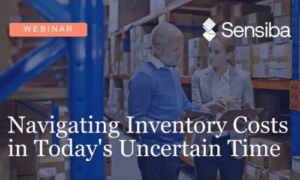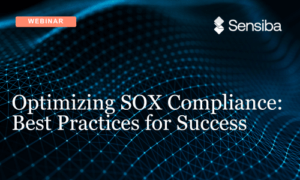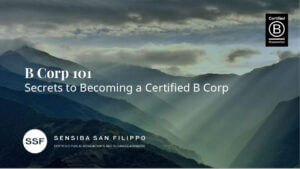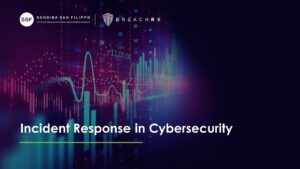Navigating R&D Tax Credit in 2025: Strategic Insights and Compliance Essentials
Streamlining Fiscal Year Closure: Rolling into 2025 with BlackLine
ISO 27001 vs SOC 2: Do I Need Both?
Sustainability Imperative: Bottom-line Impacts & Risk Mitigation for CEOs
CEO Panel | ESG in Business Strategy
New Year, New Approaches: R&D Credit Changes for 2024
Navigating Inventory Costs in Today’s Uncertain Time
Optimizing SOX Compliance: Best Practices for Success
Climate Neutral Certification and What It Means for Your Business
B Corp Certification 101 – Everything You Need to Know
Navigating SOX Compliance – Implementation and Challenges
Cyber Incident Response, Business Impacts, and SOC 2
Let’s talk about your project.
Whether you need to unravel a complex challenge, launch a new initiative, or want to take your business to the next level, we’re here. Share your vision and we can help you achieve it.













